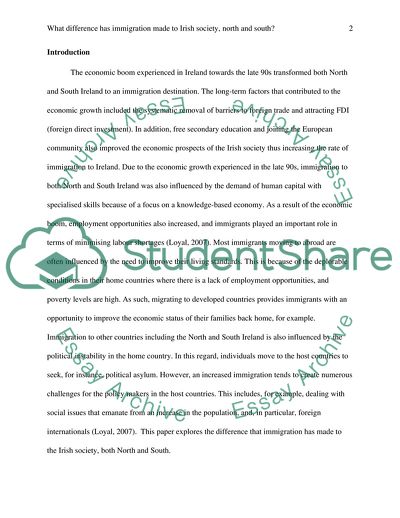Cite this document
(What difference has immigration made to Irish society, north and south Coursework, n.d.)
What difference has immigration made to Irish society, north and south Coursework. https://studentshare.org/sociology/1875413-what-difference-has-immigration-made-to-irish-society-north-and-south
What difference has immigration made to Irish society, north and south Coursework. https://studentshare.org/sociology/1875413-what-difference-has-immigration-made-to-irish-society-north-and-south
(What Difference Has Immigration Made to Irish Society, North and South Coursework)
What Difference Has Immigration Made to Irish Society, North and South Coursework. https://studentshare.org/sociology/1875413-what-difference-has-immigration-made-to-irish-society-north-and-south.
What Difference Has Immigration Made to Irish Society, North and South Coursework. https://studentshare.org/sociology/1875413-what-difference-has-immigration-made-to-irish-society-north-and-south.
“What Difference Has Immigration Made to Irish Society, North and South Coursework”. https://studentshare.org/sociology/1875413-what-difference-has-immigration-made-to-irish-society-north-and-south.


